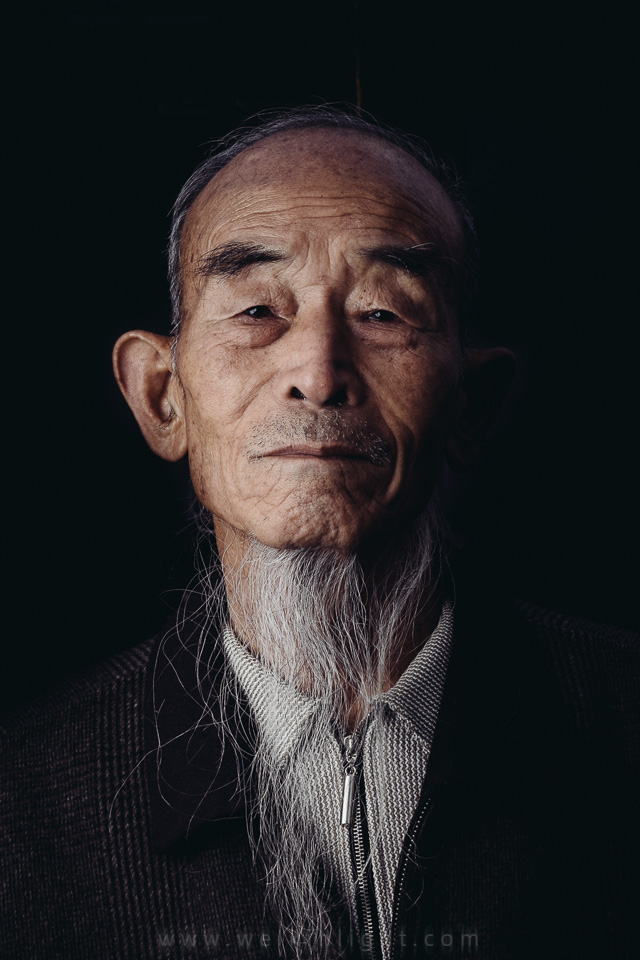
The Fuji x-t1 really needs no introduction. By this stage, you’ve probably heard of it, read some reviews, or bought it. Just like my review of the Fuji x100s, this will not be a technical review, but an emotional one. I’ve used the camera, both personally and professionally for the last 5 months, and I’d like to share with you my thoughts on what it is and what it can do. A lot of this review will compare it to a DSLR, as replacing my DSLR on many jobs was my reason for buying this camera. Everything in here is from my own personal experience with the camera and the types of photography I shoot it for.
Introduction
My affair with Fuji started with the x100s. What a camera that is. The only thing was, it made me hunger for more. I wanted a small package that could not only supplement my DSLR kit, but replace it on a lot of jobs. I love Fuji’s cameras in the same way I love my old Nikon FM; they are a joy to use. I’m a guy who still writes with a fountain pen (yep, I said it), so I love the tactility of Fuji’s design. Forget what they look like, they feel good to use. Nikon may have thought a little bit about that before releasing the Df. Yep, I said that too. So, I settled on the Fuji x-t1. I bought one lens, the 18mm f/2, to get started. The next day I bought the 56mm f/1.2. Within 5 months, I picked up the Zeiss 12mm f/2.8, and the Fuji 23mm f/1.4 as well.
In terms of the way it looks, it retains the minimal look of the other Fuji bodies, which is a great thing when working with people. Everything I said about the profile of the x100s and the way people react to it stands true for the x-t1, as long as you take the lens hoods off some of the bigger primes and don’t pair it with the massive zooms that, in my humble opinion, defeat the purpose of a small camera system.
Overall, this camera is fantastic. It has replaced my D800 for a few jobs, and makes a great second camera for others. I no longer take my D800 out of the house for personal work unless I’m shooting landscapes, and even then I find it difficult to justify the weight. I’ll look here mostly at things that could be improved, or things that are exaggerated in other reviews.
The Viewfinder
Let’s face it, some of us just don’t like the rangefinder style of shooting and would rather have a centrally placed viewfinder. Me, for example. And what a viewfinder. I’ve read and heard all sorts of crazy claims about this viewfinder and it being almost indistinguishable from an optical viewfinder. Rubbish. It’s wonderful, but it’s not an optical viewfinder. Not even close; you’re not seeing light the way it is in the world anymore. What it is, though, is a giant preview of very close to what you’ll see after you shoot. Giant is the key word here. It fills your vision like no other viewfinder I’ve used. My favourite aspects of the EVF are being able to view the world in black and white when I’m shooting black and white frames, and being able to see blown highlights before even taking the frame.
Speed
AF is similar to my x100s as far as I can tell. There is really no appreciable difference between the two. It still hunts a lot in low light or low contrast situations, often failing to lock onto the subject. The continuous focus mode is still next to useless, as it has been in all Fuji cameras to date. It is ridiculous to compare this to a Nikon D800. But this is the standard I have to offer. Simply put, the D800 can track a running child in all three dimensions anywhere in the viewfinder and nail 9 out of 10 frames at f/2. The Fuji would be lucky to get one, and can only use it’s central focus points for tracking. I find myself reaching for the D800 when I need shots like this.
Then there’s the burst mode. 8 frames per second? I can shoot 240mb of RAW files every second? Yay. Okay, I’ll admit it has come in handy a couple of times when shooting action, but it lags the viewfinder and the focus tracking can’t keep up with it. It also makes the camera extremely loud, with the shutter beginning to sound like my old Nikon FM after a couple of frames. It would be really nice if this mode were a little quieter, and the viewfinder / AF system could keep pace with it. Until then, I’d rather 3-4fps, much quieter, and better ability to track my subject.
What does all of this mean while shooting? I always feel one step behind in tough situations. The x-t1 is fantastic for slower, more deliberate shooting. However, when push comes to shove, it will not keep up the way a DSLR does.
The Image Quality
Stellar. There’s one thing that the x-trans sensor really has going for it, quality. The colours and tones produced by this sensor are second to none. I have never been happy with the JPEGs produced by any of my Nikon cameras, but with this Fuji system, I’m more than happy to shoot JPEG if it is called for. The RAW files are beautiful as well. The tones have a gradation to them that I haven’t seen in any Canikon file to date. Transitions of colour and tone have a much more natural, soft feel to them. However, it does take a little getting used to the way Lightroom treats these files, as it is a little different to NEF or CR2 files.
Again, dynamic range is nothing in comparison to my D800, but it is more than ample for most applications if you get your exposure anywhere near correct. When using shadows and highlights sliders in Lightroom, it feels more like processing the slightly ‘grittier’ files from the D700, rather than the softer changes made when processing the D800 files.
ISO performance is also ample for most applications. However, I have found that the Fuji’s files quickly lose detail and dynamic range after ISO3200. I prefer to keep it well below that wherever possible.
The Build Quality
It sits well in the hand, that’s for sure. I wasn’t sure it would. Small cameras are usually quite hard to hold in large hands. But the Fuji x-t1 is well balanced, has a decent sized grip to wrap your fingers around, and feels solid. The couple of times it’s dropped from my shoulder (did I mention that the strap that comes with it could use a little more rubber?), it has come back just fine. Thankfully.
Rain, however, that’s another story. I’ve read and heard many a story about how good this body is. My personal experience says the exact opposite. Light drizzle for no more than a couple of minutes before I put it back in my bag and caught the bus home, only to find that the LCD on the back of the camera had stopped working. Fuji Korea of course do not cover water damage, and I had to pay for a new one. This would be understandable if I’d tried to use it at a pool party, but I didn’t. It was light drizzle walking the streets of the city. So much for weather resistant.
It was no more than a few days later that the rubber grip started to peel off and the rubber door covering the I/O ports expanded to the point where it will no longer stay closed. Don’t get me wrong, I expect these things over time, but not a few months into owning a camera that cost north of $1000.
What it needs
I’m really looking for a small camera to replace the D800 on a lot of jobs, and I was hoping the Fuji would be that camera. I love the images from the Fuji and the feel of the camera in my hands. I love having all the controls physically on the body of the camera like an old SLR. But the camera just isn’t responsive enough to keep up with the way I shoot yet.
Improvements in AF accuracy in low light, and continuous AF would make this camera a go to for nearly every job that I do. Other than that, high ISO improvements would be nice as well.
On my wish list is compressed RAW files. They are the saving grace of the D800, and I would love it if the files from the x-t1 would weigh in at 40-50% less than they do. This cannot be that hard! People say that storage is cheap and we can just buy more. Personally, I’d prefer not to. Especially with the number of photos I take. If I could halve my storage costs, I’d be a much happier shooter.
One more thing that I’d like to be assignable to a function button is the “Exposure preview in Manual Mode” setting. This is extremely useful when shooting with flash or in dark environments, but I don’t like having to dig through a menu to get at it. It would be nice to switch it on an off at will with the click of a button.
All that being said, the Fuji x-t1 is fantastic at what it does and the images will attest to that. It’s a great camera, and if you’re thinking of making the jump to Fuji, this could be the time to do it.


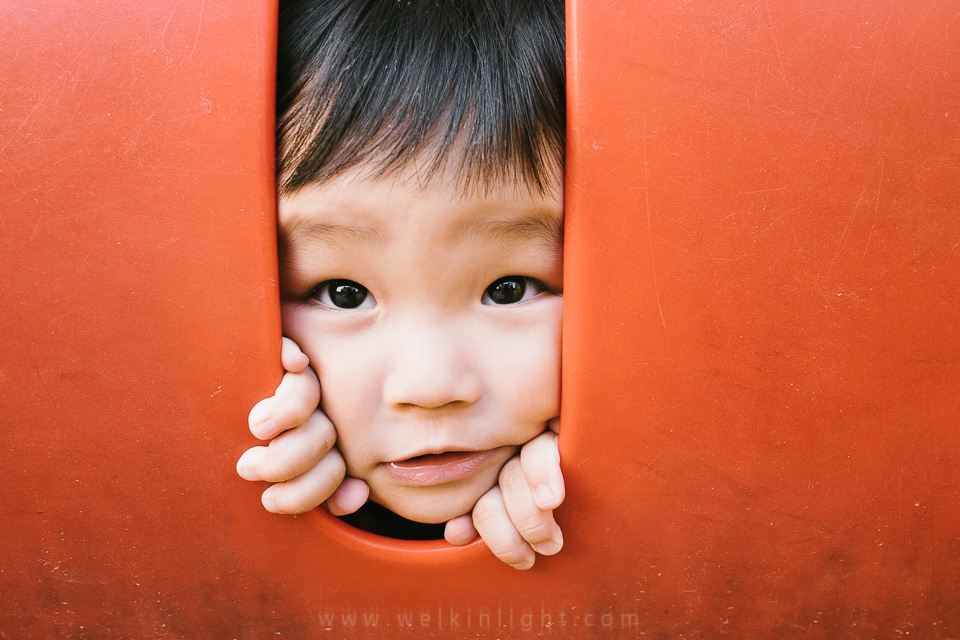

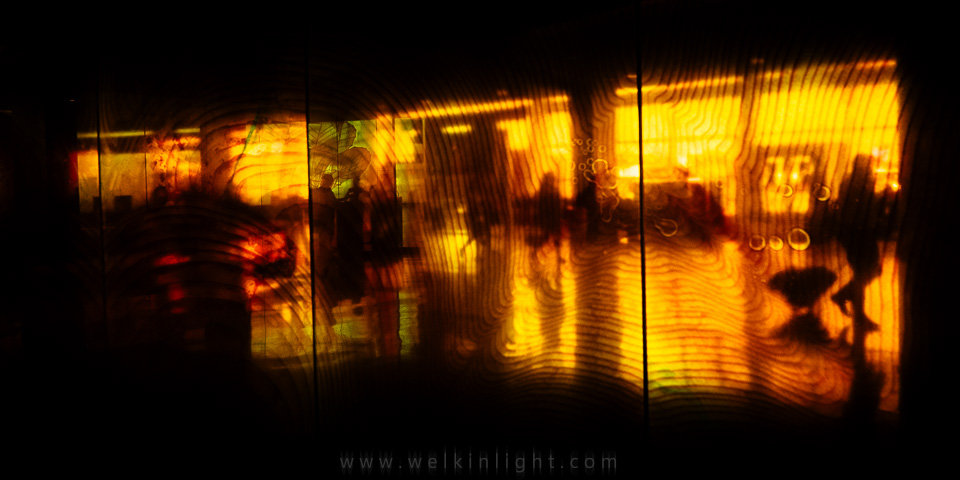

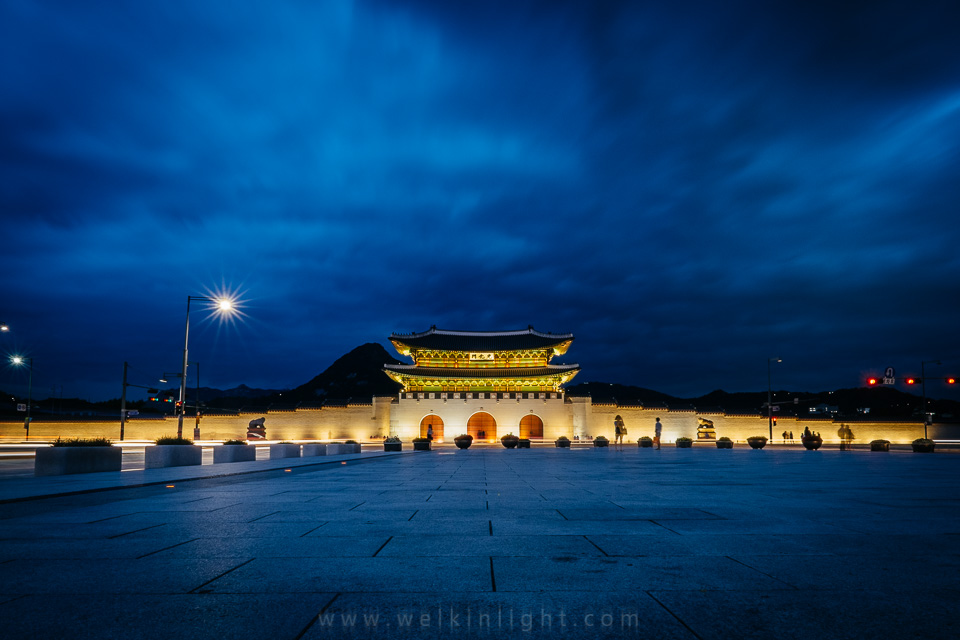
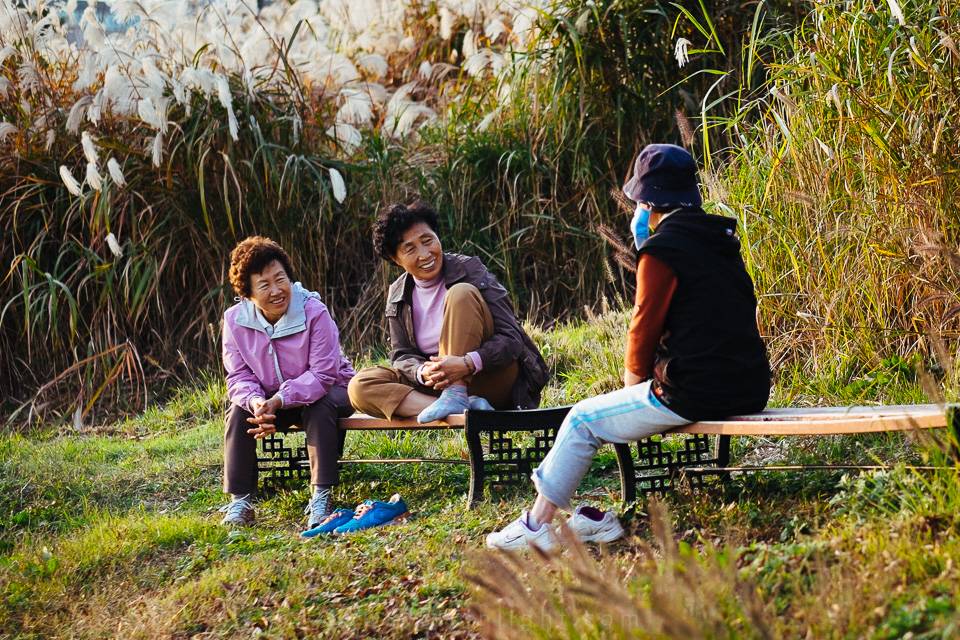
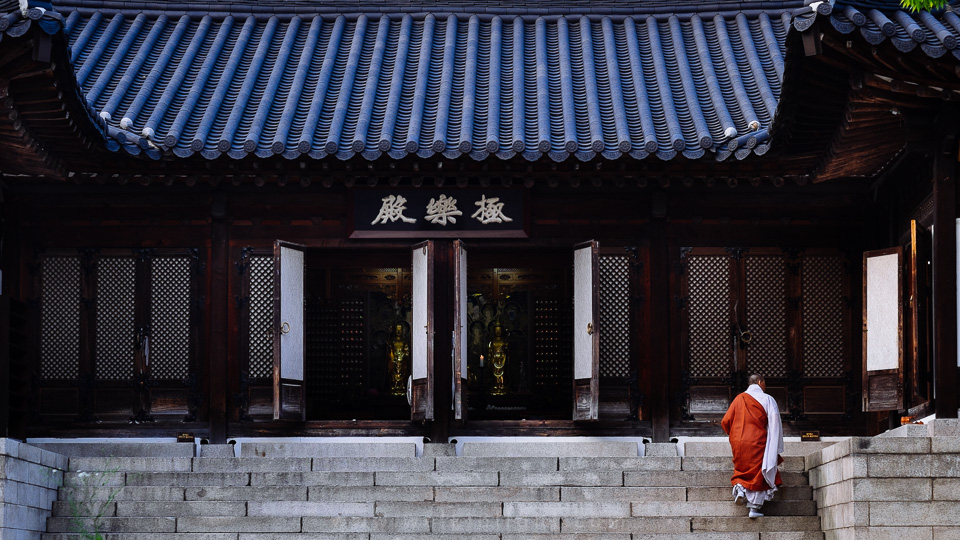

[…] used to the Fuji x-t1 was fun over these few months as well. I took to the streets with Marco Devon to shoot a few […]